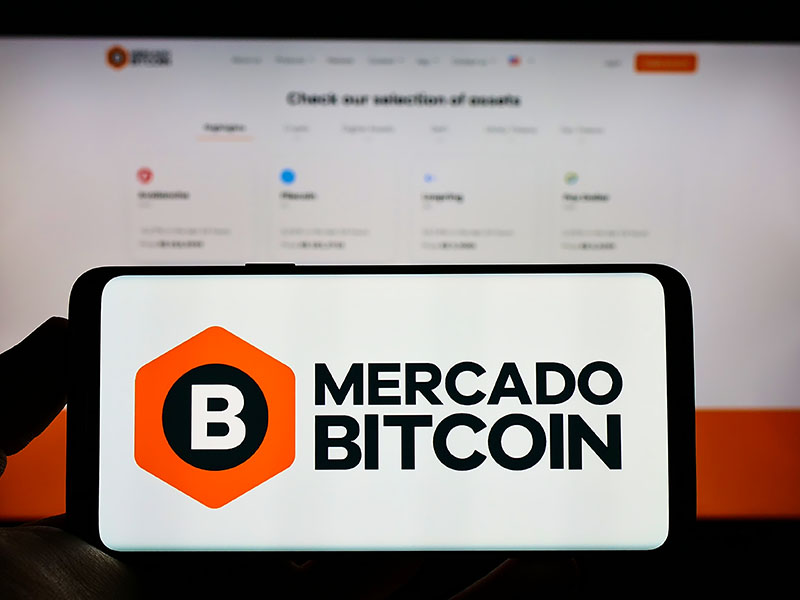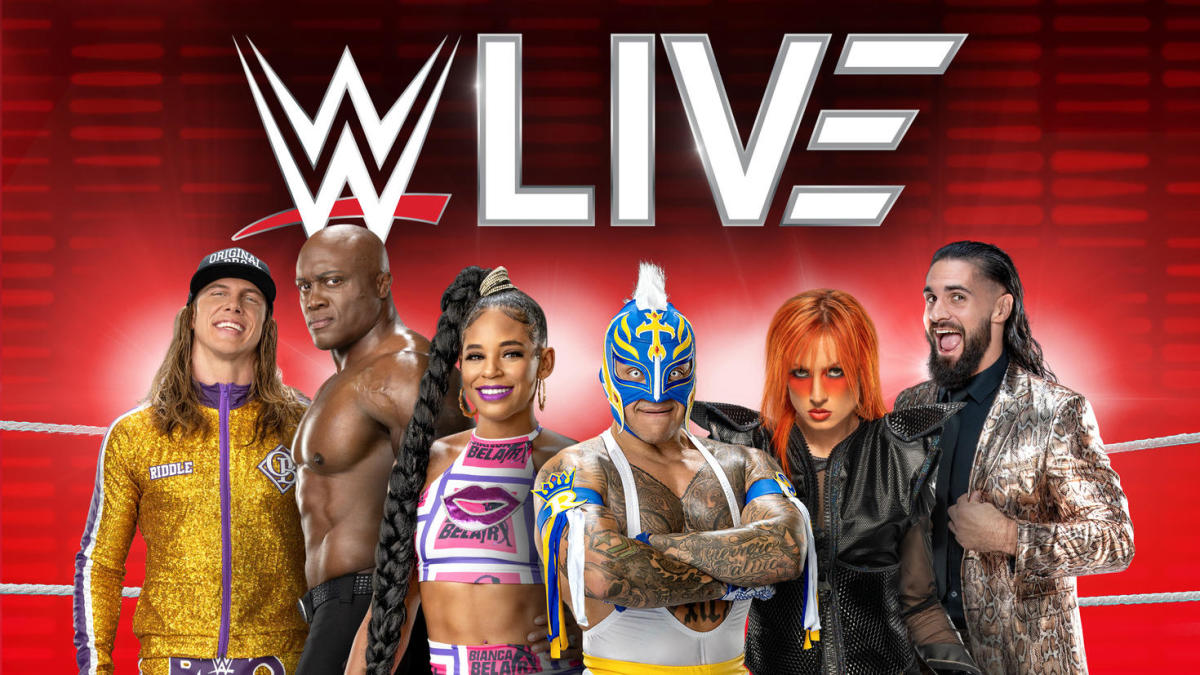[ad_1]
Contrary to popular belief, Cinco de Mayo doesn’t commemorate Mexico’s Independence Day.
May 5 marks the Mexican army’s victory over France at the Battle of Puebla during the Franco-Mexican War in 1862. Mexico’s Independence Day is celebrated on September 16.
A 2018 survey by NationalToday.com showed only 10% of Americans knew the true reason behind the holiday, yet it has turned into a day where people can get cheap margaritas and wear sombreros.
“Most people drinking in the bars have no idea that it’s celebrating the strength in the power and the resilience of Mexican people to overcome invaders who are trying to take their land,” said Alexandro Gradilla, associate professor of Chicana and Chicano Studies at California State University, Fullerton.
The history of Cinco de Mayo
French Emperor Napoleon III wanted to claim Mexican territory for himself and sent his troops to force Mexico’s President Benito Juárez and the government out of Veracruz.
On May 5, 1862, in Puebla de Los Angeles, a small town in east-central Mexico, 6,000 French troops faced 2,000 Mexican soldiers at daybreak. By the evening, Mexico had claimed victory.
Days later Juárez declared May 5 a national holiday.
Celebrating Cinco de Mayo
Celebrating Cinco de Mayo was not always like this, and in fact was something Mexican Americans celebrated in the mid-1800s as an act of resistance.
“They began to celebrate that holiday because they also wanted to commemorate their acts of resistance during the U.S.-Mexico war, but also holding their own after incorporation,” Gradilla said. “After Mexican Americans who decided to stay after 1848 and become U.S. citizens, they realized that all the promises the U.S. had made to them were not going to come true. They were not going to be treated as equals.
“The fact that you had Mexican communities in the southwest celebrating Cinco de Mayo was very powerful and very symbolic because what that war was about was David vs. Goliath,” he said.
Racquel Soto, 30, was born in Veracruz, Mexico, and immigrated to the U.S. when she was 15. Soto later became a U.S. citizen and said the American way of celebrating Cinco de Mayo still confuses her.
“I was born near the town where this historic battle took place. My Zapotec ancestors died there, and I came to the U.S. to find all these white Americans drinking margaritas and hitting piñatas,” Soto said.
Across the country, restaurants will host Cinco de Mayo specials and cocktails for the holiday. Chili’s is promoting $5 Margaritas all day while Barberitos is offering free cheese dip to customers. Chipotle brought back its popular trivia game with 250,000 buy-one-get-one-free coupon codes available and will offer five $500 gift cards on its Instagram page.
‘Cinco de Mayo is not just an excuse to party’
The celebration of a holiday most Americans don’t understand is what Soto said she finds offensive.
Advertising and decorations about the holiday focus on the “party” aspect rather than the cultural and historical significance, Soto said. Her biggest pet peeve when it comes to the holiday? When people call it “Cinco de Drinko.”
Growing up in Mexico, Soto said her family celebrated the holiday by cooking with family, dancing the national “Jarabe Tapatio” or Mexican hat dance and praying over their ancestors. When she can, Soto said she educates her American friends about the Mexican battle and victory on May 5.
“I don’t care how much Corona advertises their beers and parties. Cinco de Mayo is not just an excuse to party. People lost their lives on Mexico’s soil,” Soto said.
There is no exact point in time when deals on Corona’s and carne asada were available at grocery stores, but in “Studies in Symbolic Interaction,” José M. Alamillo points out how the beer companies Anheuser-Busch, Coors and Miller spent nearly $38 million in the 1980s in Hispanic advertising that contributed to the commercialization of the holiday.
Gradilla, whose expertise includes racialization, cultural competency and institutional racism, said the advertisements these companies made to market the holiday helped create a false sense of representation for Mexicans and turned the holiday into a Mexican St. Patrick’s Day.
“What’s sad is that most Mexican Americans and most Latinx people don’t even realize that it was originally started as a political event about resistance and about fighting against the odds,” he said. “That’s kind of one of the downsides of multiculturalism and diversity is that when your holiday gets included, it gets reduced down to sales on tortillas, sales on beer, sales of all you can eat at El Torito. It doesn’t talk about the community that has been here and survived.
“Cinco de Mayo isn’t doing that, American racism is doing that,” he added.
It’s American commercialization that makes Gradilla worry Juneteenth will have the same fate Cinco de Mayo has, but holidays like that and Martin Luther King Day need to be remembered for their political intent, he said.
However, Gradilla said he believes the spirit of Cinco de Mayo is still alive in places like Arizona and Georgia, where Latinx voters played a significant role in the election of President Joe Biden.

For Mexican-American Diana Garcia, the holiday gives her a chance to celebrate her culture and identity. Garcia’s parents immigrated from Jalisco, Mexico 20 years ago. Garcia is the first in her family to be born in the U.S.
She and her family take the day to reminisce about Mexico, host a Mariachi band in their backyard and enjoy Birria tacos for dinner. Birria, usually made from goat meat, is a staple meal in Jalisco.
“It’s not like this is for everyone, but for me it’s an extra day to celebrate Mexico without being there,” Garcia said.
Follow Jordan Mendoza on Twitter: @jord_mendoza.

[ad_2]
Source link
















